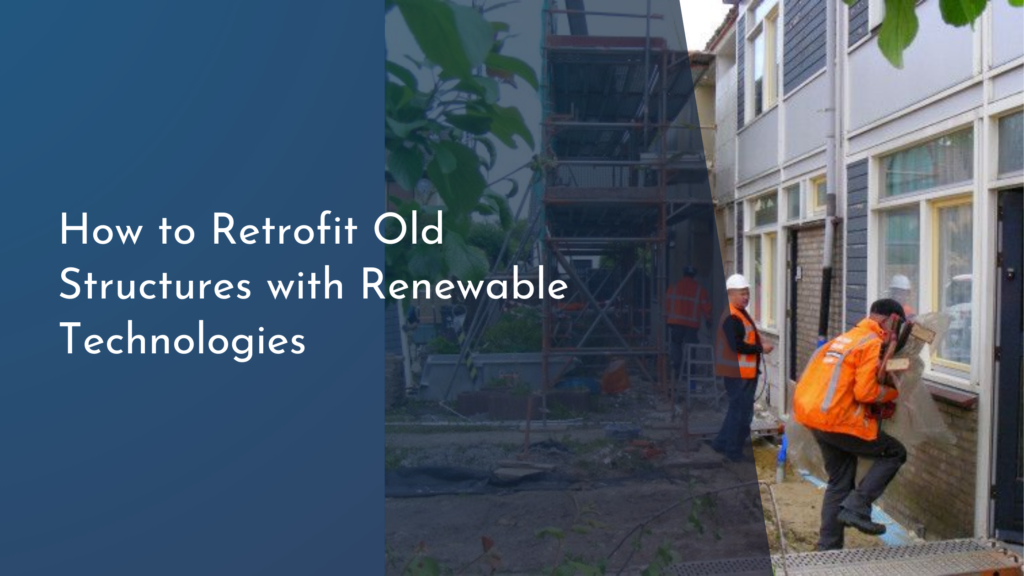Agroforestry in Scaling Integrated Terrace Agro-Climates
Agroforestry is emerging as a beacon of sustainability in modern agriculture, blending the best of tree cultivation and crop production. Its application in terrace farming can revolutionize agro-climates by promoting ecological balance and enhancing productivity. By integrating trees into agricultural landscapes, farmers can create resilient ecosystems that not only support biodiversity but also improve the livelihoods of rural communities. This article explores the joys of agroforestry, the construction of integrated terraces, the manifold benefits of combining trees and crops, and the positive impact these practices have on communities.
The Joy of Agroforestry: A Sustainable Path Forward
Agroforestry is a dynamic, sustainable agricultural approach that harmonizes trees with crops and livestock. This method not only increases biodiversity but also contributes to carbon sequestration, making it an essential player in combating climate change. Farmers around the globe are discovering the joys of nurturing both trees and crops, as this practice leads to healthier soil and reduces the need for chemical fertilizers. When integrated into farming systems, agroforestry creates a symbiosis where trees provide shade, windbreaks, and habitat for beneficial wildlife, fostering a thriving ecosystem.
Moreover, the joy of agroforestry extends beyond environmental benefits; it also lays the foundation for economic resilience. By diversifying their income sources through the cultivation of fruit, timber, or medicinal trees alongside traditional crops, farmers can mitigate risks associated with market fluctuations and climate uncertainties. This holistic approach leads to enhanced food security, empowering communities to thrive while embracing sustainable practices.
Building Integrated Terraces for Diverse Agro-Climates
The construction of integrated terraces is a transformative strategy that adapts agroforestry principles to various climatic conditions. Terracing involves creating stepped levels on sloped land, allowing for effective water management and minimizing soil erosion. This practice not only stabilizes the landscape but also creates microclimates that can support a diverse array of crops and trees, tailored to the specific requirements of different agro-climates. Farmers can select tree species and crops suited to their unique climatic conditions, optimizing yields and promoting ecological health.
Additionally, integrated terraces foster a multi-species environment that enhances nutrient cycling and pest management. By planting complementary species, farmers can create a self-sustaining system where trees provide essential nutrients, while crops benefit from the shade and protection provided by the trees. This method leads to healthier ecosystems, improving biodiversity and resilience against pests and diseases, all while maintaining productive farming systems.
Benefits of Combining Trees and Crops in Terrace Farming
Combining trees and crops in terrace farming presents a plethora of benefits, most notably improved soil health. Trees contribute organic matter through leaf litter and root systems, promoting soil structure and fertility. This is especially vital in terrace farming, where soil erosion can be a significant concern. By holding the soil in place, tree roots enhance water retention and nutrient availability, leading to more productive and sustainable agricultural practices.
In addition to soil health, the combination of trees and crops in terrace systems can enhance water efficiency. Trees act as natural water filters, improving the quality of water entering aquifers. They also help to regulate the local microclimate, reducing temperature extremes and maintaining humidity levels, which is crucial for crop growth. This symbiotic relationship ultimately leads to increased yields and agricultural resilience, ensuring that farmers can produce food sustainably even in challenging environmental conditions.
Growing Together: Community Impact of Agroforestry Practices
The implementation of agroforestry and integrated terraces creates a ripple effect, benefitting entire communities. As farmers adopt these sustainable practices, they often experience improved livelihoods and increased food security. The diversification of crops and income through agroforestry allows families to become more self-sufficient and less reliant on volatile markets. Furthermore, communities benefit from the enhanced ecosystem services provided by these practices, such as improved air quality, increased biodiversity, and better watershed management.
Moreover, agroforestry fosters community cohesion and participation. Farmers often collaborate to share knowledge, resources, and techniques, cultivating a sense of camaraderie and shared purpose. This collective approach not only strengthens local economies but also empowers communities to advocate for sustainable practices and policies. As the benefits of agroforestry spread, communities become leaders in environmental stewardship, paving the way for a brighter and more sustainable future.
In conclusion, agroforestry presents an exciting and sustainable path forward for agricultural practices worldwide. By integrating trees into terrace systems, farmers can create resilient ecosystems that enhance soil health, improve water management, and diversify incomes. The positive impacts extend beyond individual farms to strengthen communities, fostering collaboration and shared success. As more farmers embrace agroforestry, we can look forward to a future where agriculture and the environment thrive together, ensuring the well-being of both people and the planet.


